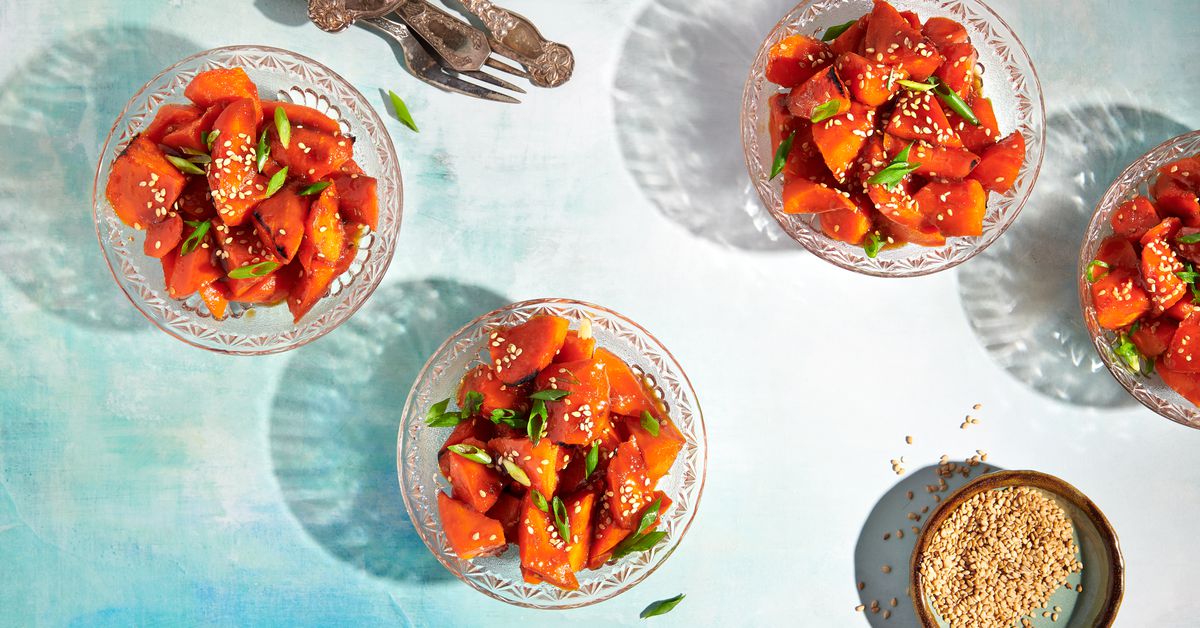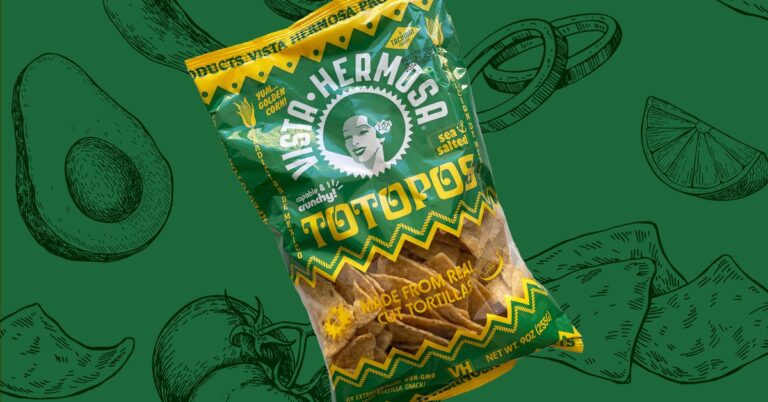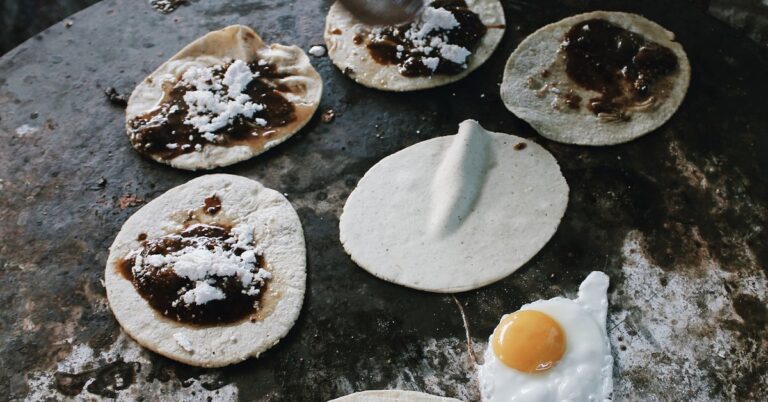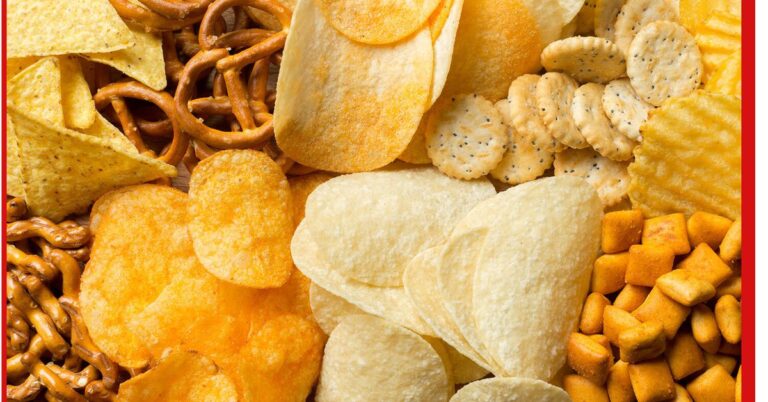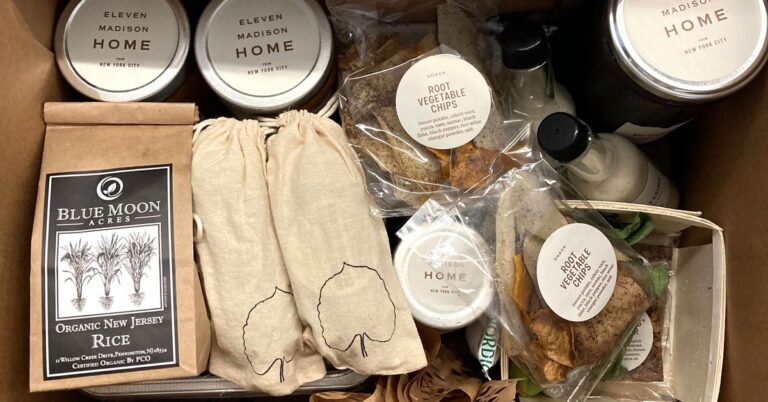Recipe: Thanksgiving Teriyaki Carrots – Eater
Editor’s note: Thanksgiving traces its origins to an uneasy, temporary alliance between 17th-century English settlers and members of the Wampanoag Confederacy. This year, Eater is choosing to acknowledge that history in our coverage of the holiday.
I started cooking seriously in college. I was armed with little more than a microwave, toaster oven, and a fear of setting off the fire alarm, but I grew to love the challenge that my meager dorm kitchen provided. Over time, I became more proficient at building and serving composed, multi-component meals by bending and blending the use of these appliances. Those skills meant a lot. Especially around Thanksgiving, when we international students — despite having no home to return to — were mighty eager to celebrate and cook for the holiday in our rooms.
These 15-minute Thanksgiving teriyaki carrots draw on that collegiate resourcefulness by developing flavors and textures using nothing but a microwave and a toaster oven. That is not to say that the combination of microwave steaming and broiling isn’t applicable in more fully equipped kitchens; to the contrary, this is still my favorite way to cook not just carrots but any root vegetables. That’s true especially for Thanksgiving, when any sandbagging, corner-cutting, time-saving, space-efficient, chaos-reducing technique is welcome. And this technique certainly qualifies.
The microwave is one of the best ways for home cooks to steam almost any vegetable. Its oscillating magnetic field excites the water molecules inside food, causing them to vibrate, which produces heat via friction. For this reason, every water molecule is vibrating at the same frequency, which is to say that inner parts of the vegetable cook at a similar rate as the outer portions, producing more evenly steamed food. This doesn’t happen in a traditional steamer where the outside of food can cook a lot faster than the inside. In addition, when we steam vegetables in a container sealed with plastic wrap, no additional water is added to the mix to dilute the vegetable’s natural flavors.
Broiling, on the other hand, is a quick way to char vegetables, producing smoky results without compromising the textural integrity of the vegetable. In this recipe, the high heat quickly bakes the thick teriyaki glaze into the surface of the carrot, producing a jammy, singed exterior. And because the efficiency of a broiler is controlled primarily by the distance between the food and the heating element, the toaster oven’s small size actually works to our advantage.
Finally, a quick note about the teriyaki: this sauce is by no means a traditional Japanese teriyaki sauce, which is built on little more than Japanese soy sauce, sake, and mirin. Instead, I was guided by both function and personal preference. Because the sauce is built in the microwave and not reduced on a stove, the ingredients need to be significantly thicker so that the glaze can cling to the carrots. Hoisin sauce fits the bill, being thick, readily available, and made mostly of comparable ingredients (namely soy and sugar). Honey is added for a similar reason, but its additional sweetness is balanced out by a touch of vinegar. As for personal preference, I’m partial towards Seattle-style teriyaki, a stalwart of Asian American cooking, which features the bright, generous notes of grated ginger and garlic folded into the sauce at the end.
Thanksgiving Teriyaki Carrots
Serves 4
Ingredients:
For the carrots:
2 pounds carrots, quartered lengthwise ( if large, cut crosswise into 1-inch pieces)
2 tablespoons extra-virgin olive oil
1 teaspoon brown sugar
½ teaspoon salt
1 teaspoon MSG (optional)
For the teriyaki sauce:
¼ cup hoisin sauce
2 tablespoons honey
2 tablespoons Japanese light soy sauce, or usukuchi shoyu; regular soy sauce is fine too
1 tablespoon sake
1 tablespoon mirin (sweet rice cooking wine)
1 tablespoon apple cider vinegar
3 cloves garlic, minced
½-inch piece of fresh ginger, minced or grated
2 teaspoons toasted sesame seeds
1 scallion, thinly sliced
Instructions:
Step 1: Preheat a toaster oven on the broiler setting. Line a baking sheet that will fit in the toaster oven with foil, set aside.
Step 2: In a large microwave-safe serving dish, combine the carrots, oil, brown sugar, salt, and optional MSG. Toss thoroughly until combined.
Step 3: Seal the dish tightly with plastic wrap, making sure the plastic wrap isn’t touching the carrots. Microwave on high for 5 minutes. Check the carrots: you want them to be fork-tender but not mushy. Be very careful when removing the plastic wrap as hot steam will escape. If the carrots need more cooking, continue to microwave them in 30-second increments until your ideal texture is achieved. Drain off any liquid at the bottom of the dish.
Step 4: In a separate, smaller microwave-safe bowl, combine the hoisin, honey, soy sauce, sake, mirin, and vinegar. Microwave on high for 1 min 30 seconds, or until bubbling. Carefully remove the sauce from the microwave and fold in the garlic and ginger. Set aside.
Step 5: Combine the carrots with 2 tablespoons of the teriyaki sauce and toss until evenly coated. Spread the carrots over the prepared baking tray and broil until edges begin to char, around 5-10 minutes. Rotate the pan halfway through the broiling time.
Step 6: Return the charred carrots to the serving dish and toss with additional sauce, if desired. Sprinkle with sesame seeds and sliced scallions. Taste and adjust the seasoning. Serve warm.
Lucas Sin, a 2019 Eater Young Gun, is the chef of Nice Day Chinese and Junzi Kitchen in New York City and New Haven, Connecticut.
Dina Ávila is a photographer in Portland, Oregon.
Recipe tested and styled by Ivy Manning
